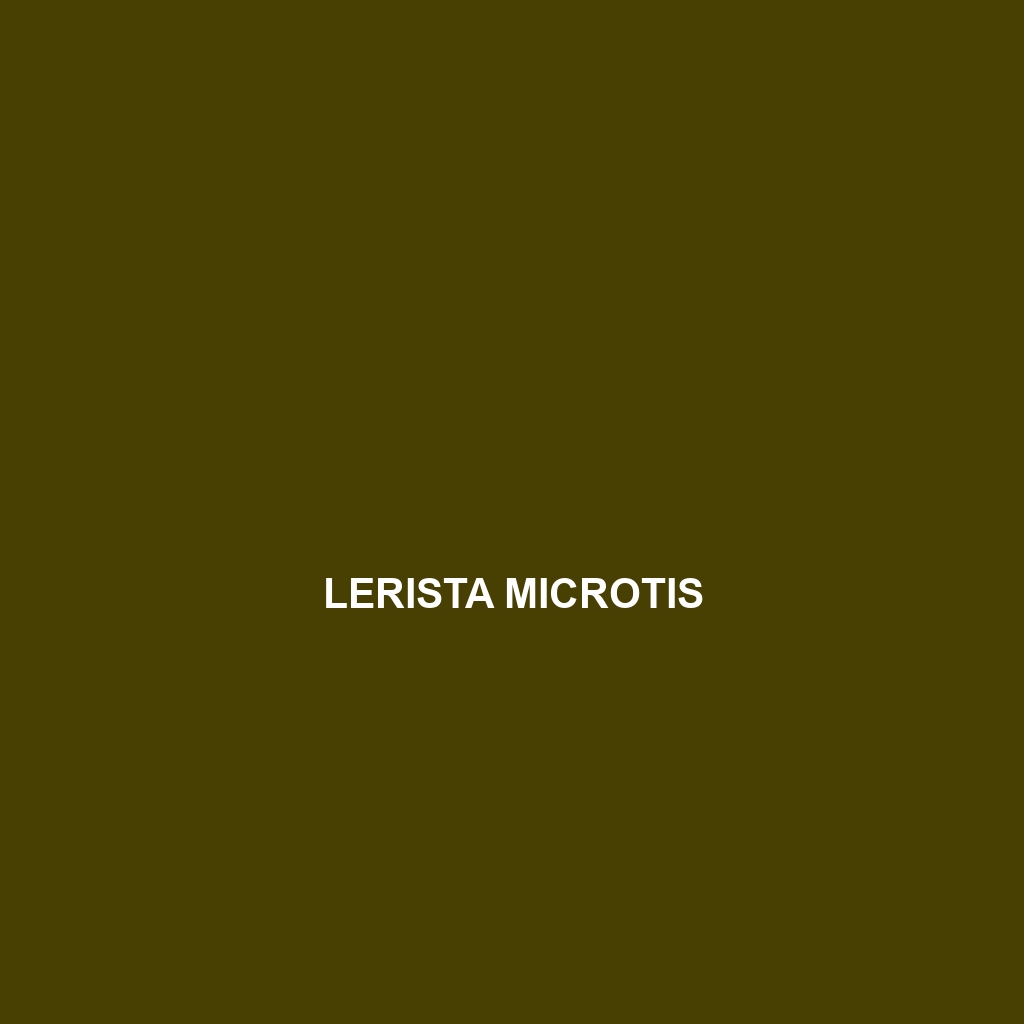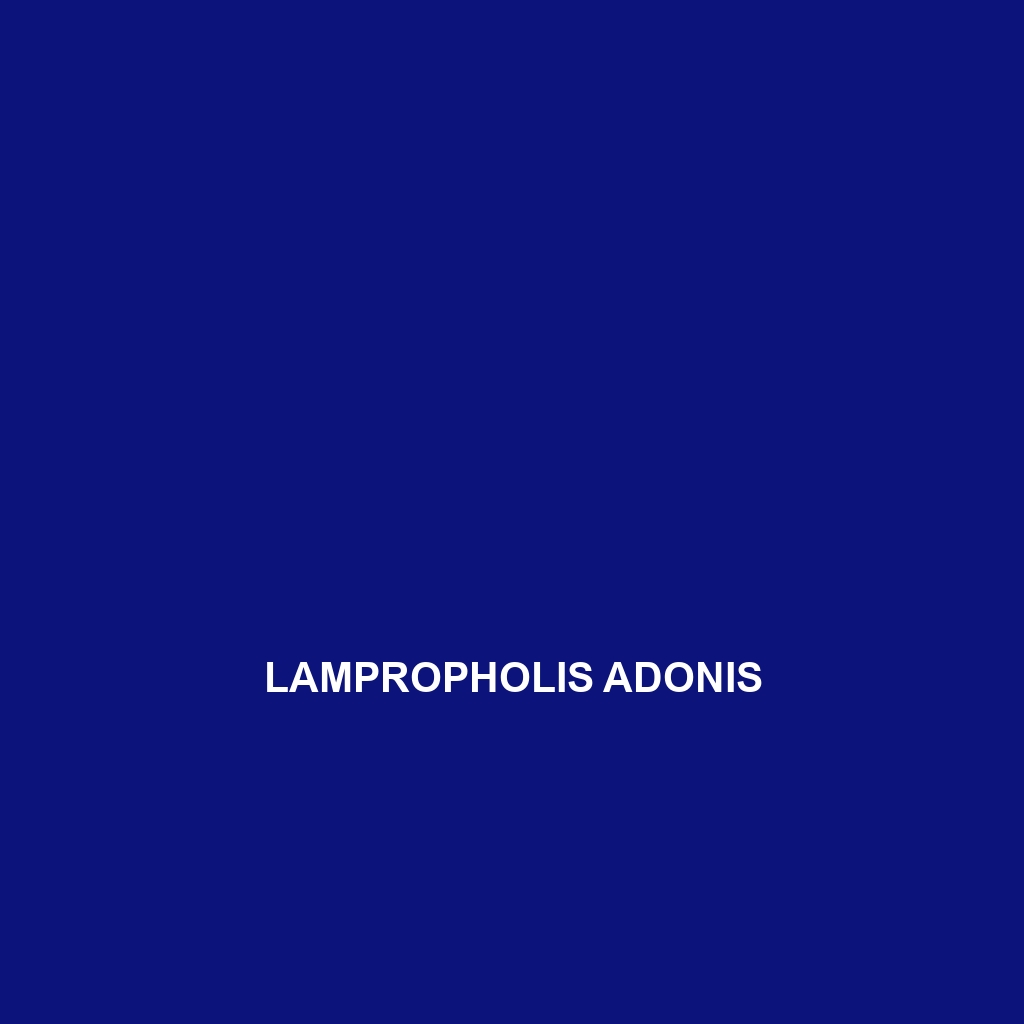Discover the Lerista punctatovittata, or punctate-vittate skink, a small insectivorous lizard endemic to Australia, characterized by its streamlined body, cryptic coloration, and agility in arid grasslands and scrublands. This species plays a critical role in its ecosystem, regulating insect populations and serving as prey for larger predators.
Tag: Australian skink
Lerista microtis
Lerista microtis, commonly known as the microtooth skink, is a small, burrowing lizard measuring 8 to 10 cm in length, found in arid and semi-arid regions of Australia. This insectivorous species exhibits excellent camouflage with its sandy brown or gray coloration, and is known for its solitary, diurnal behavior, making it a fascinating component of its ecosystem.
Lerista karlschmidti
Lerista karlschmidti, commonly known as Schmidt's Lerista, is a small, burrowing skink native to the sandy environments of southeastern Australia, measuring 9 to 14 cm in length and exhibiting a camouflage coloration ranging from light brown to dark ochre. This diurnal insectivore plays a vital role in its ecosystem by regulating invertebrate populations and enhancing soil aeration through its burrowing activities.
Lerista hobsoni
<p><b>Lerista hobsoni</b>, a small to medium-sized skink native to the temperate forests of southeastern Australia, thrives in moist environments with rich leaf litter. This insectivorous species exhibits nocturnal behavior and plays a crucial role in its ecosystem by controlling invertebrate populations, while its unique coloration provides effective camouflage against predators.</p>
Lerista elongata
Experience the unique Lerista elongata, a distinctive Australian skink known for its elongated body, smooth scales, and reduced limbs, thriving in warm, semi-arid habitats. This insectivorous species plays a vital role in the ecosystem by controlling insect populations and contributing to soil health through its burrowing behaviors.
Lerista distinguenda
<p><b>Lerista distinguenda</b>, a secretive skink species native to southeastern Australia, adapts well to temperate forests and grasslands with sandy soils. This insectivorous skink reaches lengths of up to 12 cm, displaying distinctive coloration and reduced limbs for efficient burrowing.</p>
Lerista allanae
<p>Discover the fascinating <b>Lerista allanae</b>, a medium-sized skink native to southeastern Australia, known for its slender body, smooth scales, and diurnal foraging habits. This insectivorous species plays a vital role in maintaining ecosystem balance while thriving in sandy, dry habitats.</p>
Lampropholis similis
<p><b>Lampropholis similis</b>, commonly known as the common skink, is a diurnal, insectivorous lizard native to Australia's temperate forests and coastal areas, characterized by its slender body measuring 70-90 mm, smooth scales, and the ability to shed its tail for defense. This adaptable species plays a vital role in controlling insect populations and contributes to its ecosystem's health and balance.</p>
Lampropholis adonis
Discover the Adonis Skink (Lampropholis adonis), a vibrant insectivorous lizard thriving in Australia and New Guinea's lush rainforests and temperate forests, known for its agility, colorful patterns, and crucial role in maintaining ecological balance. This diurnal species exhibits unique behaviors, such as elaborate mating displays and skilled foraging among leaf litter.
Goggia rupicola
Discover the vibrant Goggia rupicola, commonly known as the rock-dwelling skink, a small to medium-sized lizard thriving in Australia’s temperate forests and rocky habitats. With its keen insectivorous diet, unique camouflage, and agile behavior, this species plays a vital role in its ecosystem while facing challenges from habitat destruction.









